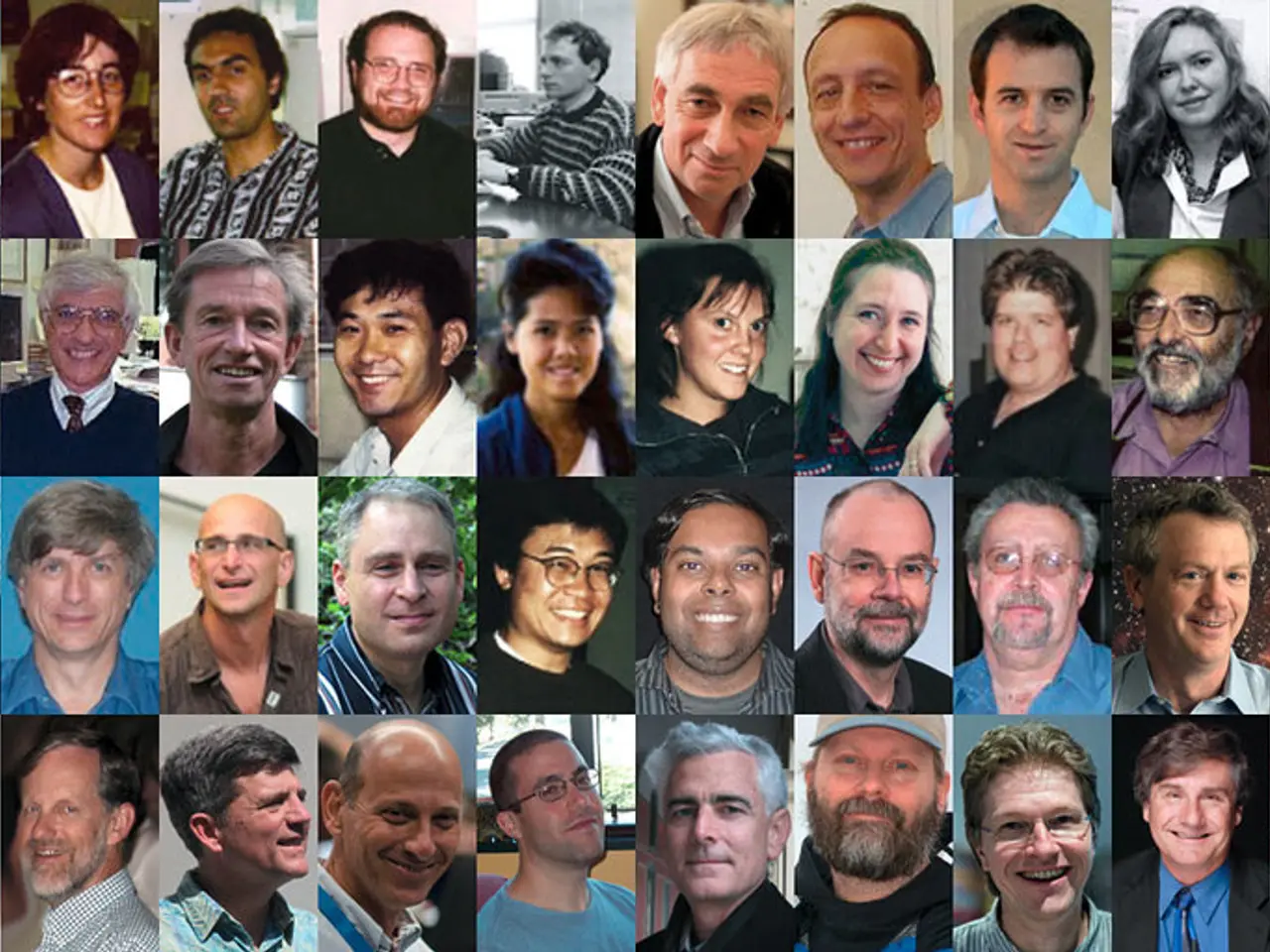Impact of Frame Shift Genetic Alterations
In the realm of cancer biology, a crucial factor that contributes to the disease's complexity is genetic instability. This instability, which allows the accumulation of driver mutations in oncogenes or tumor suppressor genes, is a key player in cancer initiation and progression.
Genetic instability arises from various sources, including defects in DNA repair mechanisms, environmental mutagens, and epigenetic alterations.
Defects in DNA repair pathways, such as impairments in mismatch repair genes like MLH1, MSH2, MSH6, and PMS2, result in failure to correct DNA replication errors. This leads to microsatellite instability, a hallmark in certain cancers like Lynch syndrome-associated tumors, and disrupts genome integrity, increasing mutation rates, and driving tumorigenesis.
Environmental mutagens, like physical agents such as ultraviolet radiation and X-rays, as well as chemical mutagens, increase mutation rates by causing DNA damage or replication errors. These mutations accumulate in somatic cells and contribute to malignant transformation.
Epigenetic modifications, such as aberrant DNA methylation and histone modifications, can alter chromatin structure, leading to chromosomal instability and deregulation of gene expression. These epigenetic changes can mimic genetic mutations and impair cell cycle checkpoints, further promoting genetic instability and cancer progression.
Genetic predisposition can also play a role, with germline mutations in certain genes (e.g., CDH1, APC) predisposing individuals to cancer by compromising tissue integrity or dysregulating signaling pathways, shaping the mutational landscape in tumors.
Somatic mutations, mistakes in the DNA blueprint that occur after birth and affect only certain cells, can change the DNA code, transforming cells into cancerous rebels by hijacking genes responsible for controlling cell growth. These mutations leave an indelible mark on DNA, serving as a diagnostic tool and guiding the development of targeted therapies.
Targeted therapies can block the growth of cancer cells that harbor specific mutations, offering a promising approach in cancer treatment. However, preventing somatic mutations is essential for maintaining a healthy lifestyle and living long, healthy lives. Lifestyle modifications, such as exercise, a healthy diet, and avoiding harmful substances, can help prevent the accumulation of harmful mutations.
Advances in DNA repair and stability maintenance are being pursued by researchers, offering hope for future cancer prevention strategies. Next-generation sequencing (NGS) can be used to identify specific somatic mutations causing cancer, providing valuable insights into the disease's underlying mechanisms and potential treatment targets.
Genetic counseling can help individuals understand their inherited risk for certain mutations and guide them on taking steps to prevent them. Certain somatic mutations are associated with a higher risk of cancer recurrence or metastasis, underscoring the importance of early detection and personalised treatment approaches.
Environmental toxins can directly damage DNA, causing base substitutions, insertions, and deletions, further contributing to genetic instability. Radiation can shatter the genetic code, leading to chromosomal rearrangements, base substitutions, and cell death. Reactive oxygen species (ROS) can accumulate and induce genetic instability over time, adding another layer of complexity to the cancer puzzle.
In conclusion, understanding the mechanisms of genetic instability and somatic mutations is crucial in the fight against cancer. By identifying the key factors contributing to these changes and developing targeted therapies, we can strive towards a future where cancer is no longer a death sentence but a manageable disease.
[1] Cancer Research UK. (2021). Genetic instability and cancer. https://www.cancerresearchuk.org/about-cancer/causes-of-cancer/genetic-changes-in-cancer/genetic-instability [2] National Cancer Institute. (2021). Environmental Factors and Cancer Risk. https://www.cancer.gov/about-cancer/causes-prevention/risk/diet/physical-activity/intro [3] National Cancer Institute. (2021). Epigenetics and Cancer. https://www.cancer.gov/about-cancer/causes-prevention/epigenetics [4] National Cancer Institute. (2021). Targeted Cancer Therapies. https://www.cancer.gov/about-cancer/treatment/types/targeted-therapies [5] Cancer Research UK. (2021). The genetics of cancer. https://www.cancerresearchuk.org/about-cancer/causes-of-cancer/genetic-changes-in-cancer
- Genetic instability, a critical factor in cancer development, can be caused by defects in DNA repair mechanisms, environmental mutagens, as well as epigenetic alterations, which impair cell cycle checkpoints and further promote genetic instability (Cancer Research UK, 2021).
- In the realm of health and wellness, understanding the impact of environmental toxins, diet, and exercise on genetic instability and somatic mutations is essential for preventing cancer and cultivating a lifestyle that promotes longevity and good health (National Cancer Institute, 2021) (Cancer Research UK, 2021).




